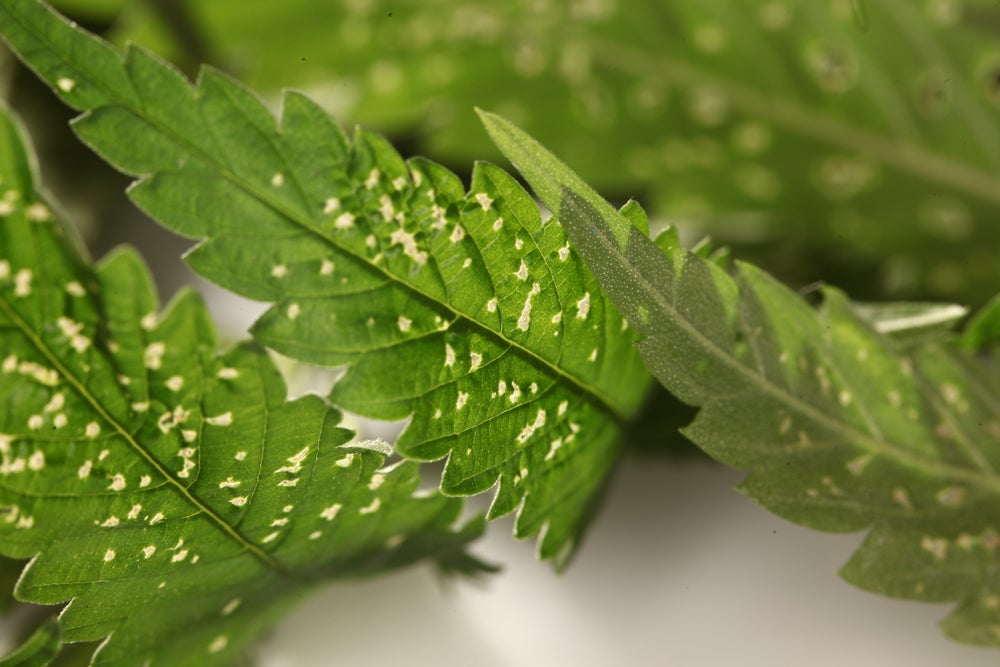For aspiring cannabis cultivators, the allure of growing their own plants under the open sky holds a special appeal. With the legalization of cannabis in many regions, including Canada, more enthusiasts are turning to outdoor cultivation as a rewarding and sustainable way to produce their favorite herb. In this comprehensive guide, we’ll explore how beginners can harness the power of clones to maximize success in outdoor cannabis cultivation.
Understanding Clones: Before diving into outdoor cultivation, it’s essential to understand what clones are and how they differ from seeds. Clones are cuttings taken from a mature cannabis plant, allowing growers to replicate its genetics and traits. Unlike seeds, clones eliminate the uncertainty of germination and produce genetically identical plants, ensuring consistency in growth and potency.
Why Choose Outdoor Cultivation? Outdoor cultivation offers several advantages for beginners, including lower startup costs, abundant natural light, and the opportunity to cultivate larger plants with higher yields. Additionally, outdoor-grown cannabis tends to develop complex flavors and aromas, thanks to exposure to the sun and natural elements. For beginners looking to maximize their success while minimizing complexity, outdoor cultivation with clones is an ideal starting point.
Selecting Quality Clones: The first step in outdoor cultivation is selecting high-quality clones from a reputable source. Look for healthy, pest-free plants with vigorous growth and well-established root systems. Avoid clones that show signs of stress, disease, or nutrient deficiencies, as they may struggle to thrive outdoors. Investing in quality clones sets the foundation for a successful outdoor grow.
Choosing the Right Location: Location plays a crucial role in the success of outdoor cannabis cultivation. Choose a site with ample sunlight, good air circulation, and well-draining soil. Avoid areas prone to flooding, excessive wind, or pests, as they can negatively impact plant health and growth. Additionally, consider factors such as privacy, security, and local regulations when selecting a cultivation site.
Preparing the Growing Area: Once you’ve chosen a suitable location, prepare the growing area by clearing debris, tilling the soil, and amending it with organic matter or compost. Ensure proper drainage to prevent waterlogging and root rot. Consider building raised beds or using containers to control soil quality and minimize weed competition. Adequate preparation sets the stage for healthy plant growth and abundant yields.
Transplanting Clones: Transplanting clones into the outdoor garden requires care and attention to ensure a smooth transition. Harden off the clones by gradually exposing them to outdoor conditions, starting with short periods of sunlight and increasing exposure over several days. Dig holes slightly larger than the root ball and gently plant the clones, ensuring they are well-watered and supported.
Providing Care and Maintenance: Once transplanted, outdoor cannabis clones require regular care and maintenance to thrive. Monitor soil moisture levels, water as needed, and provide organic nutrients to support healthy growth. Prune foliage to improve airflow and prevent mold and mildew. Monitor for pests and diseases, and take proactive measures to prevent infestations.
Maximizing Yield and Quality: To maximize yield and quality, employ proven cultivation techniques such as topping, training, and defoliation. Topping involves removing the apical meristem to encourage lateral branching and increase canopy size. Training techniques such as low-stress training (LST) or the screen of green (SCROG) method help optimize light penetration and airflow, leading to larger, denser buds. Additionally, defoliation removes excess foliage to improve light penetration and promote bud development.
Harvesting and Curing: Harvest outdoor-grown cannabis when the flowers reach peak maturity, indicated by swollen calyxes, amber trichomes, and potent aromas. Use sharp pruning shears to carefully trim the branches, leaving enough stem for handling. Hang the harvested branches in a cool, dark, and well-ventilated space to dry slowly. Once dry, cure the buds in glass jars to preserve flavor and potency, burping them periodically to release excess moisture.
Conclusion: Outdoor cannabis cultivation offers beginners a rewarding and accessible way to grow their own plants while enjoying the benefits of sunshine, fresh air, and natural terroir. By harnessing the power of clones and following best practices for outdoor cultivation, beginners can maximize their success and produce high-quality cannabis with minimal effort. With proper planning, care, and attention to detail, outdoor cultivation with clones opens the door to a bountiful harvest and a deeper appreciation for the art and science of cannabis cultivation.
Read More:
Advantages of Growing Cannabis Clones Vs Seeds
How Can Cannabis Clones Save Me Money and Time
Legalizing of Four Cannabis Plants per Household in Canada













